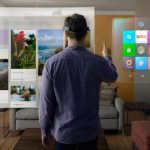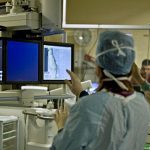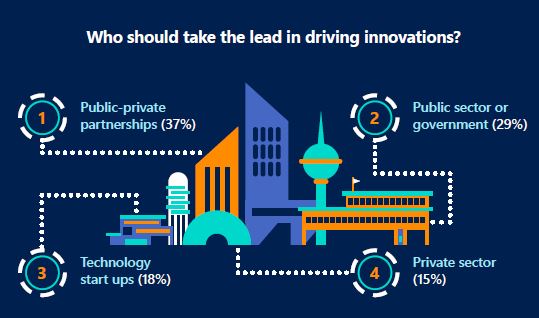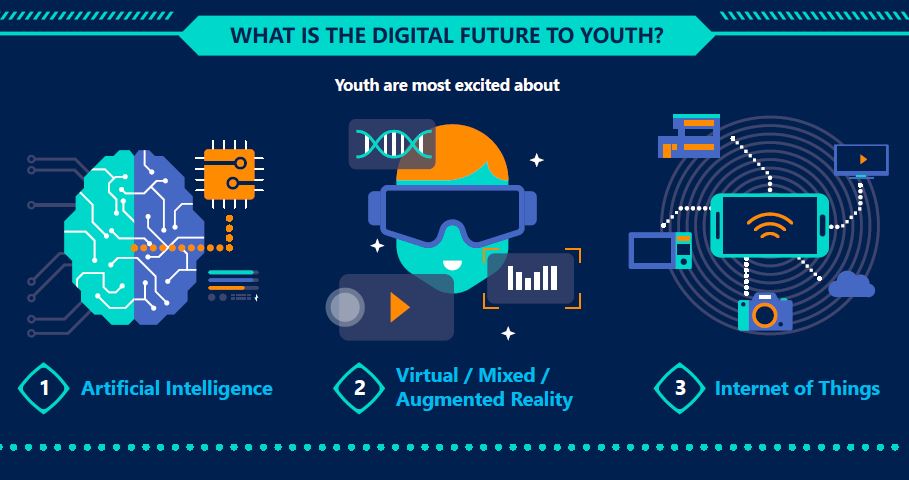want technology innovations to increase their productivity, but concerns remain over impact on security and privacy and relationships becoming too impersonal
PHILIPPINES, February 16 2017 — In our increasingly digital world, new and emerging innovations are set to disrupt the way people live, work and play. According to youth in the Philippines, the most exciting technologies expected to have the largest impact on their future lives will be the Internet of Things (IoT), virtual/mixed/augmented reality (VR/MR/AR), and next-generation computing experiences, based on survey findings released today by Microsoft.
1,400 youths were polled across the Asia Pacific region, including 100 from the Philippines. Other markets involved in the survey comprise Australia, China, Hong Kong, India, Indonesia, Japan, Korea, Malaysia, New Zealand, Singapore, Taiwan, Thailand, and Vietnam.
The Internet of Things (IoT) is ranked as the top technology that Philippine youth expect to have the biggest impact on their lives. In recent years, the confluence of power devices, cloud and data has enabled bold visions on how IoT can be an integrated part of our digital future.

IoT refers to the ever-growing network of physical objects connected to the Internet and the communication that occurs between these objects and other devices and systems. This includes everything from street sensors, home appliances, wearables, and vehicles.
According to the survey, these are the three scenarios that youth anticipate that the biggest improvement to their lives from IoT (ranked from top):
- Traffic systems that can adjust in real-time to mitigate road conditions (38%)
- Smart homes where main appliances can “talk” to one another (27%)
- Smart buildings that can optimize energy usage according to changes in weather and number of occupants (27%)
The second-ranked technology that youth are excited about is virtual/mixed/augmented reality (VR/MR/AR).

Augmented reality involves creating or placing a virtual world inside the real world, while virtual reality is about creating a feel of a real world inside a virtual world. Mixed reality combines both elements, where a user can navigate through the real world interacting with virtual objects and real life notions such as ‘depth’.
The third-ranked technology that youth are most excited about is next-generation computing experiences.
In the future, “invisible computing” will become even more pervasive, as user interfaces become integrated with the environment. This will allow users to control them “naturally” though inputs like voice, gaze, gesture – doing away with conventional interfaces like keyboards. This is the next-generation computing experience, and it will be powered by machine learning, adaptive algorithms, predictive intelligence and etc.

The survey found that youth are looking forward to IoT and other technologies to help them to (ranked from top):
- Increase their productivity
- Improve their physical and mental health
- Facilitate the way they connect with people that they work with
Joel Garcia, Director of Developer Evangelism at Microsoft Philippines, said, “With more than 60 percent of the world’s youth found in Asia Pacific, this region will be a hotbed for the world’s digital revolution. It is exciting to see how youth in the Philippines are looking forward most to the benefits that future innovations can bring. Internet of Things, virtual/mixed/augmented reality, combined with next-generation computing experiences, provide incredible digital transformation opportunities for nations and organizations to carve an exciting new future for all of us.”
Preparing for disruption
Looking ahead, 6 in 10 Philippine youth feel their country is not ready to adapt to digital disruptions. To address this, they feel a top priority is to ensure schools prepare students with the right skills to fully leverage future innovations (32%); followed by having adequate infrastructure investments to ensure that everyone has access to Internet everywhere (25%); and creating conductive business environments to encourage start ups (21%).
The survey also revealed some of the concerns held by youth around the increasingly digital world. Among their top three concerns are:
- Security and privacy (28%)
- Relationships becoming too impersonal (25%)
- Potential loss of jobs (19%)
“The top concern by youth around security and privacy reflects how people don’t use technology that they don’t trust,” said Garcia. “As significant technological advances continue to permeate our daily lives, public-private partnerships will play a critical role in building a digital future based on trusted computing environments and unlocking all the potential that technology promises.”
According to the survey, youth feel strongly that public-private partnerships (45%) should take the lead in driving future technology innovations, ahead of the public sector or government (30%), and the private sector (14%).
Get the bite sized information on what kind of innovation the youth are most passionate about through getting the Infographic here: Innovation Survey – Infographic – Philippines


